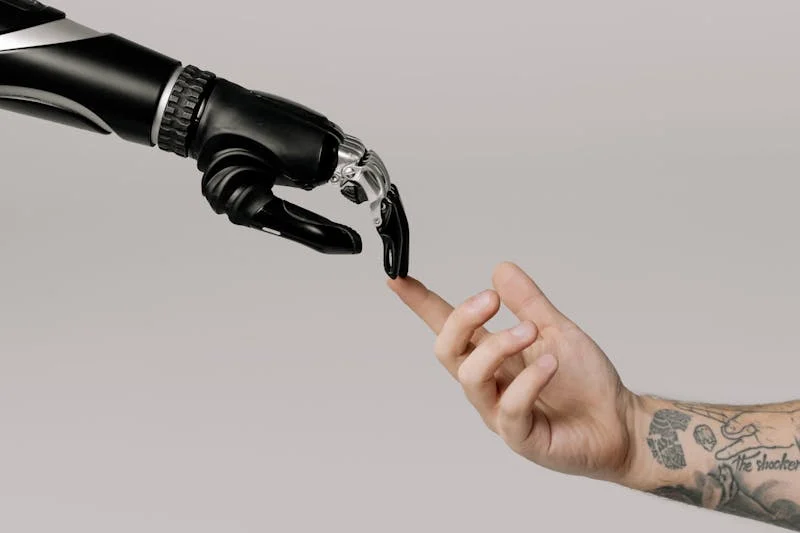Why businesses must adopt skills-based strategies for a blended human-AI workforce
By Milliam Murigi, July 10, 2025Technology has long been viewed as a threat to jobs, especially in technical and white-collar professions. But a new report reveals that generative AI is no longer just disrupting roles in IT—it’s transforming jobs in fields traditionally considered safe from automation.
The Digital Talent Surge Report 2025 by BrighterMonday shows that while developers, data scientists, and cybersecurity specialists remain in high demand, AI’s reach now extends far beyond the tech department.
Marketing and education are among the most affected sectors, despite not being typically associated with coding.
Social media management
Writing-heavy roles such as copywriting, content creation, social media management, and course design are being reshaped by generative AI tools like ChatGPT, which can instantly produce social media posts, summaries, and training materials—tasks that once required teams of people working over several days.
“Tech jobs have been notably disrupted by AI skills, but generative AI has broken containment and spread to industries far less technical,” the report states.
BrighterMonday acting Managing Director Sarah Ndegwa confirms that global job postings mentioning AI skills grew more than 156 times between 2021 and 2024, reflecting the scale of transformation.
Sales roles are evolving too. Where sales reps once spent hours prospecting and following up, AI now automates much of the process, enabling staff to focus more on relationship building and negotiation.
Even traditional white-collar jobs such as accounting and project management are being altered.
The report indicates that 65 per cent of hard skills in these roles can be automated or enhanced by AI, and around 20 per cent of soft skills may also be partially automated.
However, Ndegwa points out that the soft skills at risk—such as communication, critical thinking, and emotional intelligence—are often the very ones that many job seekers already lack.
This creates a dual challenge: AI is taking over technical tasks, while job applicants still fall short in areas where human input remains essential.
The disruption is especially concerning for Kenya’s job market. Each year, over 800,000 young people join the labour force, adding to a workforce of about 25 million.
Yet nearly three million Kenyans remain unemployed.
At the same time, the number of remote job opportunities—once seen as a solution for youth seeking global employment—has plummeted by 75 per cent since its pandemic-era peak and dropped a further 44 per cent in 2025 as companies return to office or hybrid work.
As AI becomes both a tool and a rival, Kenyans must adapt quickly. The solution lies not in competing with AI but in complementing it.
Pairing technical know-how with human strengths like creativity, strategic thinking, and adaptability is becoming more crucial than ever.
Employers also have a role to play. Businesses must invest in continuous upskilling and redesign roles to prepare for a blended human-AI workforce.
More Articles

